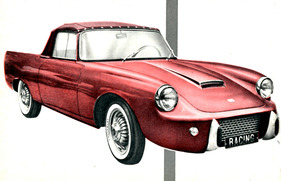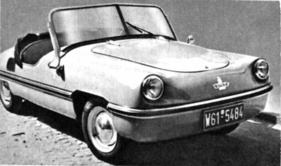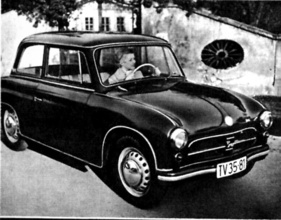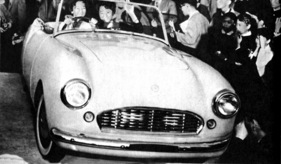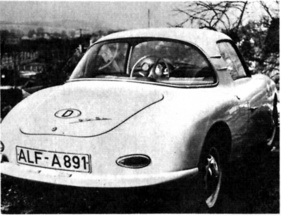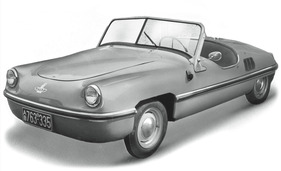Plastic dreams on four wheels - a perspective from the early sixties
Summary
At the beginning of the sixties, the fiberglass car wave also began in Germany and Switzerland, with thousands building their own bodies or putting a purchased one on a used chassis. However, despite the advantages of the new material, it did not become widespread. An article in 'hobby' tried to find out why this was the case. This report re-edits the original wording from 1962 and supplements the historically valuable article of that time with further archive material.
This article contains the following chapters
- Accident without bad consequences
- Shockproof and easy to repair
- Expensive to manufacture
- Also used for small vehicles
- Cheap car bodies in England
- No Faraday cage
- Self-supporting bodies also possible
- Good experiences with the DKW Monza
- Plastic in cars without a future?
Estimated reading time: 3min
Preview (beginning of the article)
Thousands of 'hobbyists' are building fiberglass cars, but the big factories remain skeptical. Is the plastic car unsuitable for series production? "What kind of strange car do you have," the traffic officer recording the collision asked me, "is that a camouflaged armored car?" "Quite the opposite," I smiled kindly, "knock on it, doesn't it sound like a cardboard lid?" A well-known, sturdy, large representative car had crashed into my car on the Nordzubringer in Düsseldorf at 70 km/h at the traffic lights and was lying motionless on the road with its bumper torn off and its right mudguard eerily undulating. My car, on the other hand, only had some paint scratched off at the rear and the left rear rim dented. Hence the assumption that I was driving an 'armored car'.
Continue reading this article for free?
Photos of this article








































